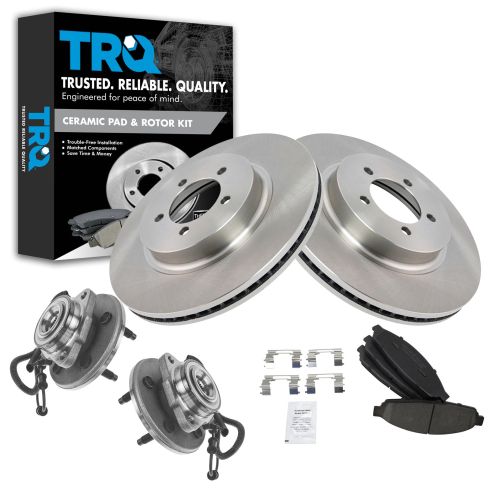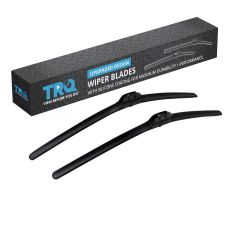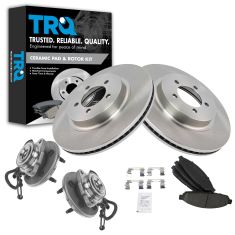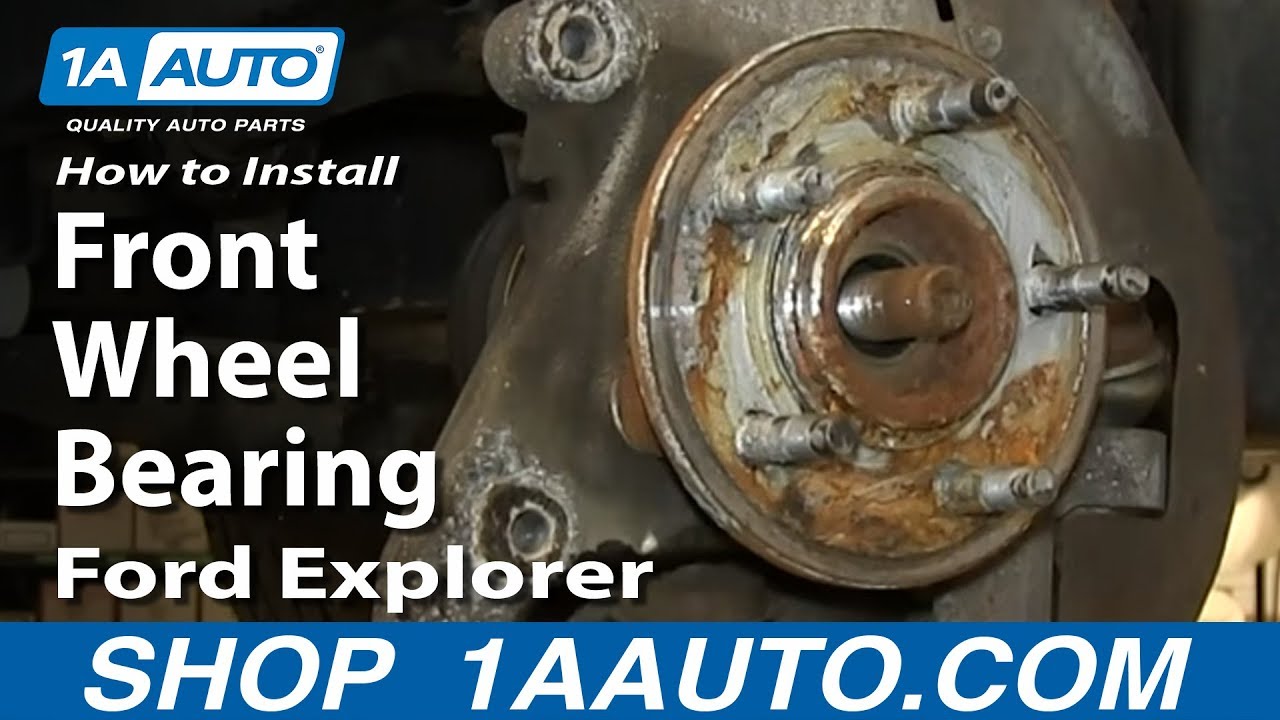1ABMS00026-2003-05 Lincoln Aviator Front Ceramic Brake Pad & Rotor Kit with Wheel Bearings TRQ BKA14619



Replaces
2005 Lincoln Aviator Front Ceramic Brake Pad & Rotor Kit with Wheel Bearings TRQ BKA14619


Recommended for your 2005 Lincoln Aviator
Frequently bought together
Product Reviews
Loading reviews
Customer Q&A
No questions have been asked about this item.
Lincoln is a registered trademark of Ford Motor Company. 1A Auto is not affiliated with or sponsored by Lincoln or Ford Motor Company.
See all trademarks.











